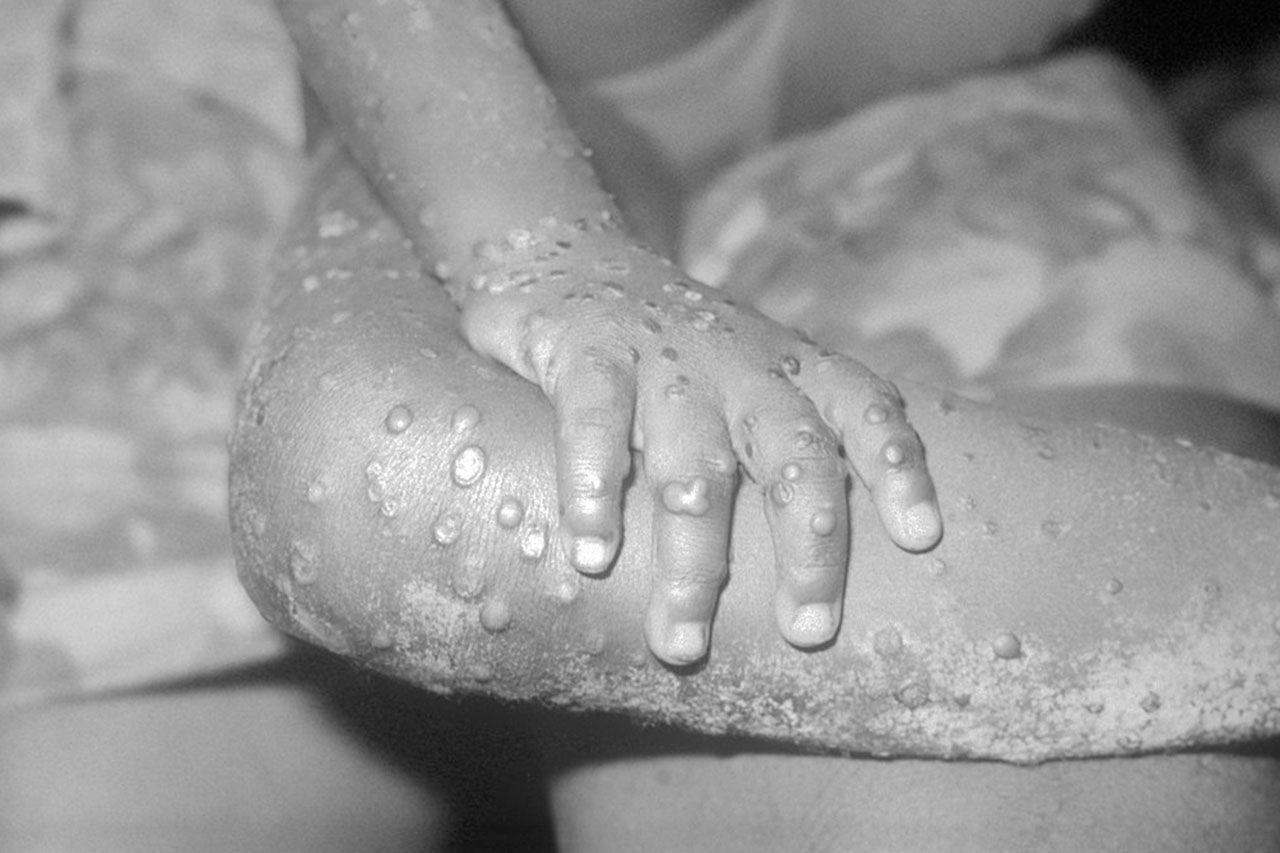On 2 October, Haiti announced that cholera had returned to the country. Memories from the previous epidemic, which killed close to 10,000 Haitians between 2010 and 2019, are still raw; now, with violent gangs fighting for control over the country and the health system in disarray, things could again become very fraught. www.science.org/content/article/vaccines-are-short-supply-amid-global-cholera-surge?
A few days later, Lebanon reported its first cholera cases since 1993, in a Syrian refugee and a health care worker in the north of the country. More cases quickly followed, and health organizations fear the Lebanese health system, hard-hit by a years-long financial crisis, could buckle under the new burden. Two weeks later, Kenya, where millions of people have fled the worst drought in decades, reported its first cholera cases as well.
The outbreaks are part of what the WHO calls an “unprecedented” surge in cholera cases, driven in part by the climate crisis and fallout from the COVID-19 pandemic. Thirty countries have reported outbreaks this year, up from fewer than 20 on average the past 5 years. “There is a trend of more countries affected, in more regions, with a longer duration of outbreaks,” says Daniela Garone, the international medical coordinator at Doctors Without Borders (MSF). A global cholera vaccine stockpile is falling short, forcing health organizations to ration doses—and rethink their control strategy.
Cholera, spread through water or food contaminated with the bacterium Vibrio cholerae, can cause severe diarrhoea and kills an estimated 20,000 to 140,000 people each year. Just a few years ago, the prospects for reducing the burden seemed to brighten. A new, cheap vaccine, made from inactivated bacteria lacking part of their toxin, was approved in 2015; millions of doses were added to an international stockpile for emergency use. In 2017, WHO and numerous international partners launched an ambitious new control strategy that relied on vaccination, improving sanitation, and widening access to clean drinking water and treatment. It was meant to cut cholera deaths by 90% and eliminate the disease in 20 countries by 2030.
Extreme weather fuelled by global warming is part of the reason cases are instead trending up, says Philippe Barboza, who heads WHO’s Cholera and Epidemic Diarrheal Diseases section. Droughts in West Africa and the Horn of Africa, massive flooding in Southeast Asia, and cyclones in southern Africa have displaced people and destroyed water and sanitation infrastructure. COVID-19’s toll on the health care system made matters worse. The cholera case fatality rate in Africa was almost 3% in 2021, Barboza says, about three times higher than over the previous 5 years. “Every time we have investigated why the [death rate] was so high, the reason was the same: delayed access to health care,” he says.
The 36 million vaccine doses expected to be shipped from the stockpile this year won’t be enough. Full protection requires two doses given 2 weeks apart, so the supply covers just 18 million people—“not a lot when you think of [affected] countries like Bangladesh, Pakistan, Ethiopia, Nigeria,” Barboza says. Last month, the International Coordinating Group that runs the stockpile—made up of WHO, MSF, UNICEF, and the International Federation of the Red Cross and Red Crescent Societies—announced it would stop administering second doses to stretch supplies. A one-dose strategy has been used successfully before, says Charlie Weller, an immunologist at the Wellcome Trust, but it’s unclear how long protection will last. (Even the full two-dose regimen only protects for 3 years.)
Meanwhile, Shantha Biotechnics in India, which manufactures 10% of the global cholera vaccine supply, plans to stop production by the end of 2023. WHO Director-General Tedros Adhanom Ghebreyesus has urged Shantha and its parent company, Sanofi, to reconsider its decision, which would leave only one manufacturer, South Korea’s EuBiologics. The International Vaccine Institute (IVI), a non-profit based in South Korea that helped develop the cheap oral vaccine, is working with EuBiologics to increase its production capacity to some 80 million to 90 million doses annually, says Julia Lynch, who directs IVI’s cholera program. It’s also helping a South African company named Biovac set up a facility to produce the shots, in a project funded by the Wellcome Trust and the Bill & Melinda Gates Foundation.
But both efforts will take several years.






